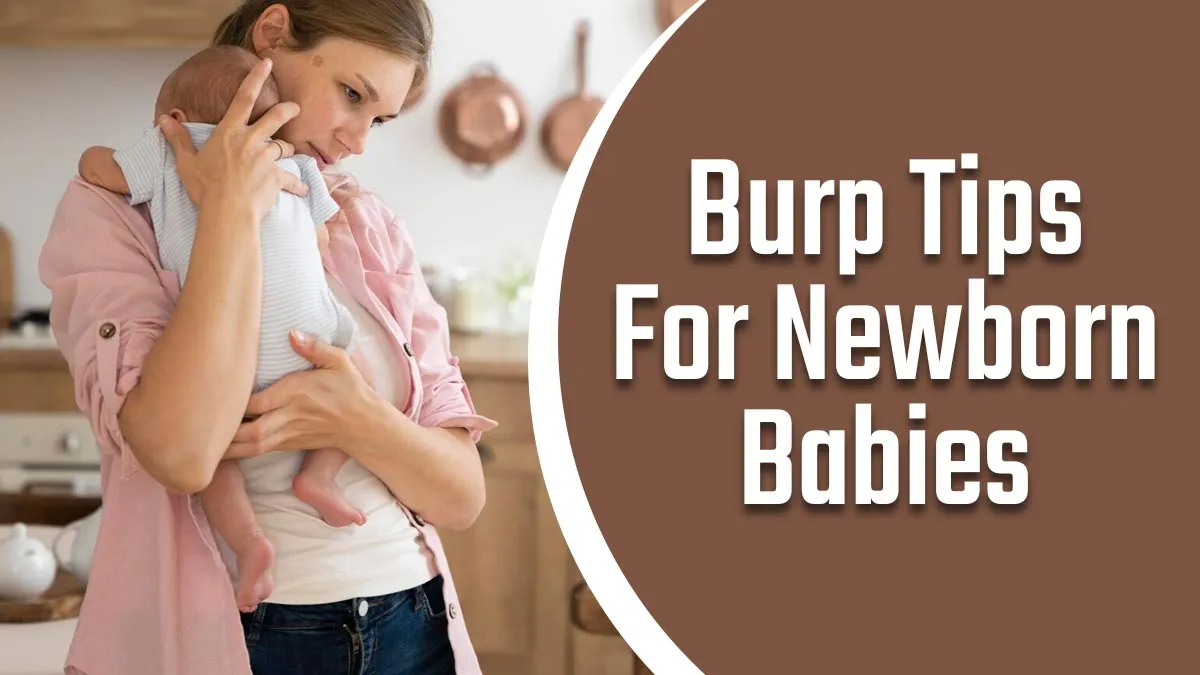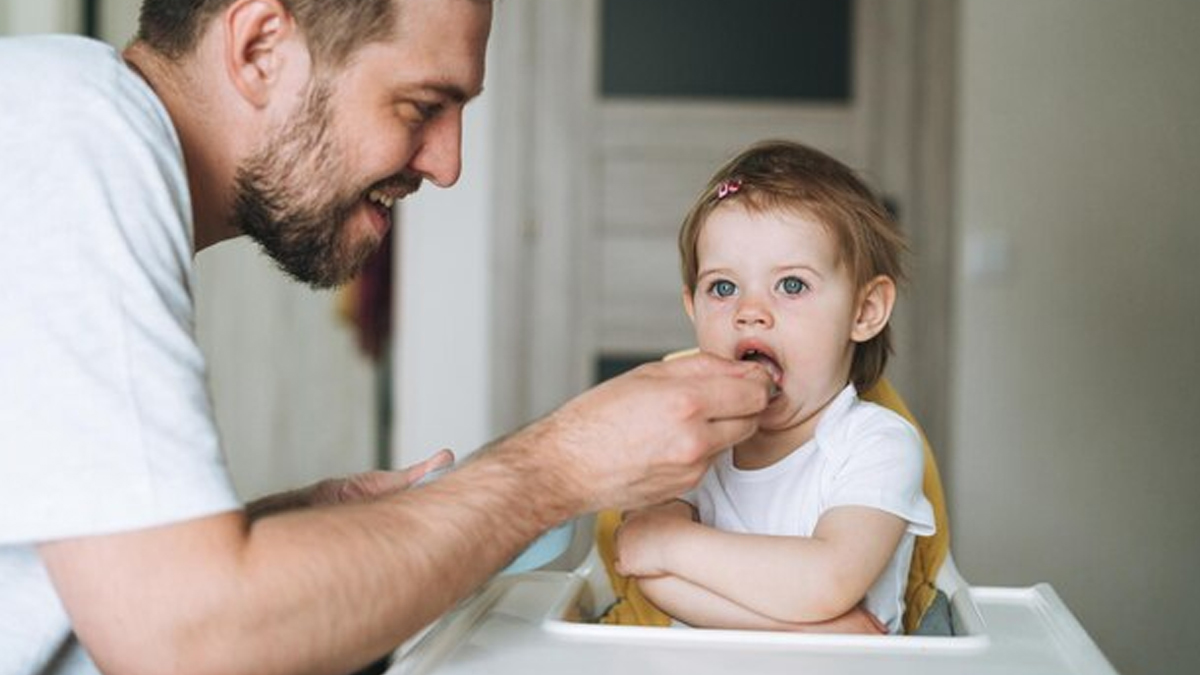
Newborns bring endless joy and endless questions for new parents. One common challenge? Burping your baby to relieve trapped gas and prevent fussiness. While some babies burp quickly, others take longer, leaving parents worried about discomfort, spit-up, or colic. But with the right techniques, burping can become a quick, stress-free routine. An expert shared simple, effective methods to help your baby release gas faster. Whether your little one struggles to burp or needs extra support, these tips will keep their tiny tummy happy and calm.
Table of Content:-
Why Burping Matters for Newborns
View this post on Instagram
Babies swallow air during feeding, which can cause gas buildup, spit-up, or irritability. Burping helps release this air, easing discomfort. Dr Sonakshi Sehrawat, Paediatric Ophthalmologist, Himachal Eye Hospital, Kalka, explains, that every baby is different. some burp in minutes and others take longer. The key is using gentle, consistent techniques to support their digestion.
Expert-Approved Burping Techniques

1. The Shoulder Method (Figure-8 Motion)
- Step 1: Hold your baby upright against your chest, supporting their head and neck.
- Step 2: Gently rub or pat their back in a figure-8 motion between the shoulder blades.
- Step 3: Keep the baby upright for 5–10 minutes after feeding to let gravity assist.
Why it works: The figure-8 motion stimulates gas bubbles to rise upward, while gentle pressure encourages release.
2. The Sitting Method (Bottom-to-Top Press)
- Step 1: Sit your baby on your lap, leaning slightly forward. Support their chest and chin with one hand.
- Step 2: Use your other hand to press upward from the base of the spine toward the shoulders, following the spine’s curve.
- Step 3: Combine with circular back rubs for better results.
These methods work by guiding trapped air upward. Always be gentle—newborns are delicate!
ALSO READ: Avoid Kissing Newborn Babies! Doctor Warns of Potential Immune Risks and CMV Virus Spread
Science Says: Burping Reduces Discomfort
A study in the Journal of Pediatric Gastroenterology found that babies burped 30% faster when caregivers used rhythmic patting versus random motions. Researchers noted that structured techniques (like Figure 8) align with the baby’s digestive system, making gas release more efficient.
When and How Often Should You Burp?

- Breastfed babies: Burp every 5–10 minutes during feeds.
- Bottle-fed babies: Burp after every 1–2 ounces.
- Signs your baby needs to burp: Fussiness, pulling legs to the chest, or squirming during feeds.
Safety Tips to Remember
- Avoid over-patting: Too much force can upset your baby.
- Skip tight clothing: Elastic bands or snug onesies can press on the tummy.
- Stay patient: If your baby doesn’t burp after 2–3 minutes, try changing positions.
When to Seek Help
Consult a paediatrician if your baby:
- Rarely burps despite trying these methods.
- Cries excessively after feeds.
- Shows signs of reflux (e.g., frequent spit-up, arching back).
ALSO READ: Is Air Conditioning Good for Newborn Babies? Find Out the Ideal Temperature Range
Conclusion
Burping your newborn is an essential part of feeding that helps prevent discomfort and keeps your baby happy. While every baby is different, using gentle techniques like the figure-8 motion or upward back presses can make the process easier and more effective. Remember to stay patient as some babies burp quickly, while others need a little more time and encouragement. By making burping a regular part of your feeding routine, you’ll help your little one digest comfortably and reduce fussiness. As your baby grows, their digestive system will strengthen, and burping will become simpler. Until then, these tried-and-tested methods will keep those tiny tummies content and calm.
Also watch this video
How we keep this article up to date:
We work with experts and keep a close eye on the latest in health and wellness. Whenever there is a new research or helpful information, we update our articles with accurate and useful advice.
Current Version